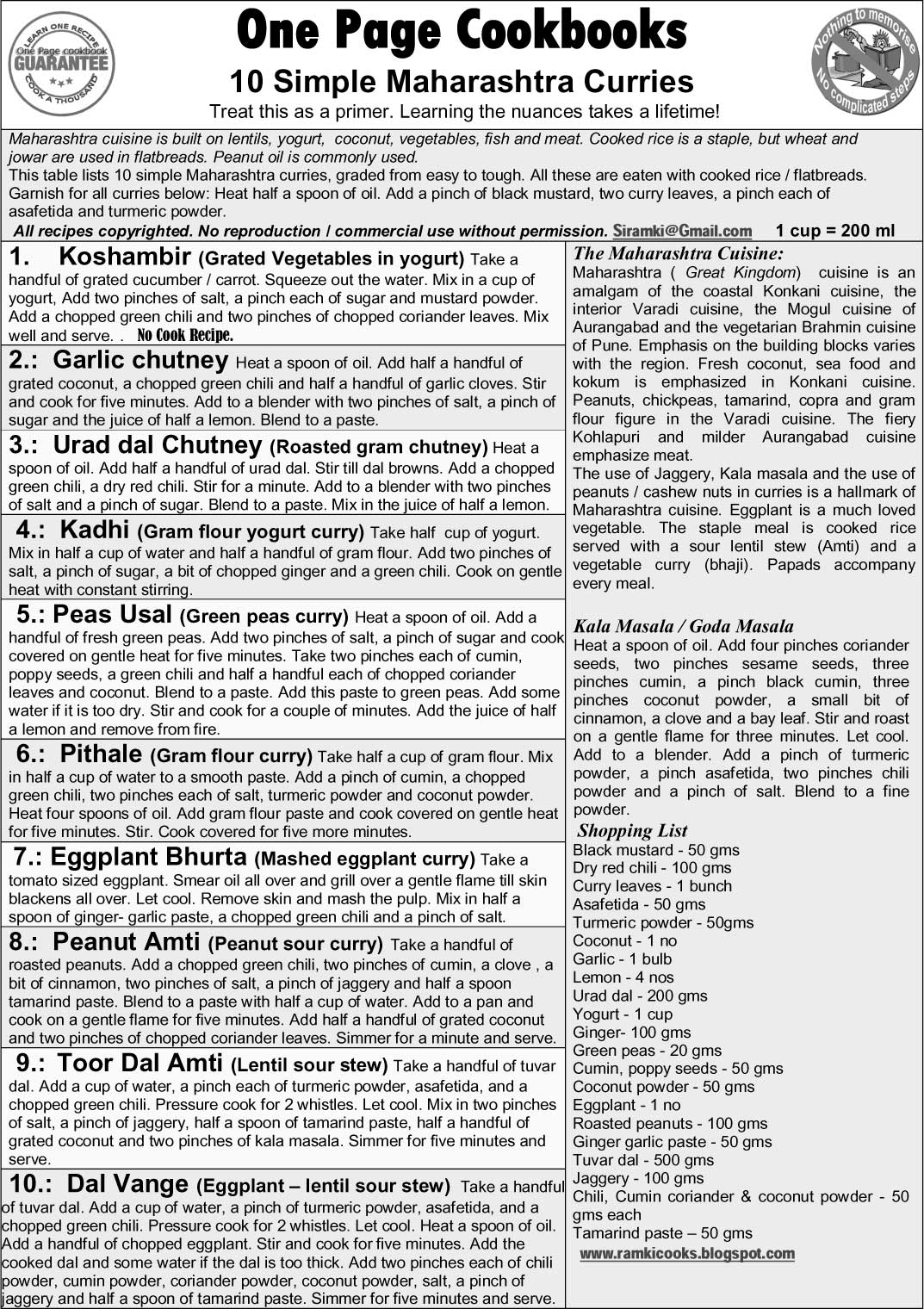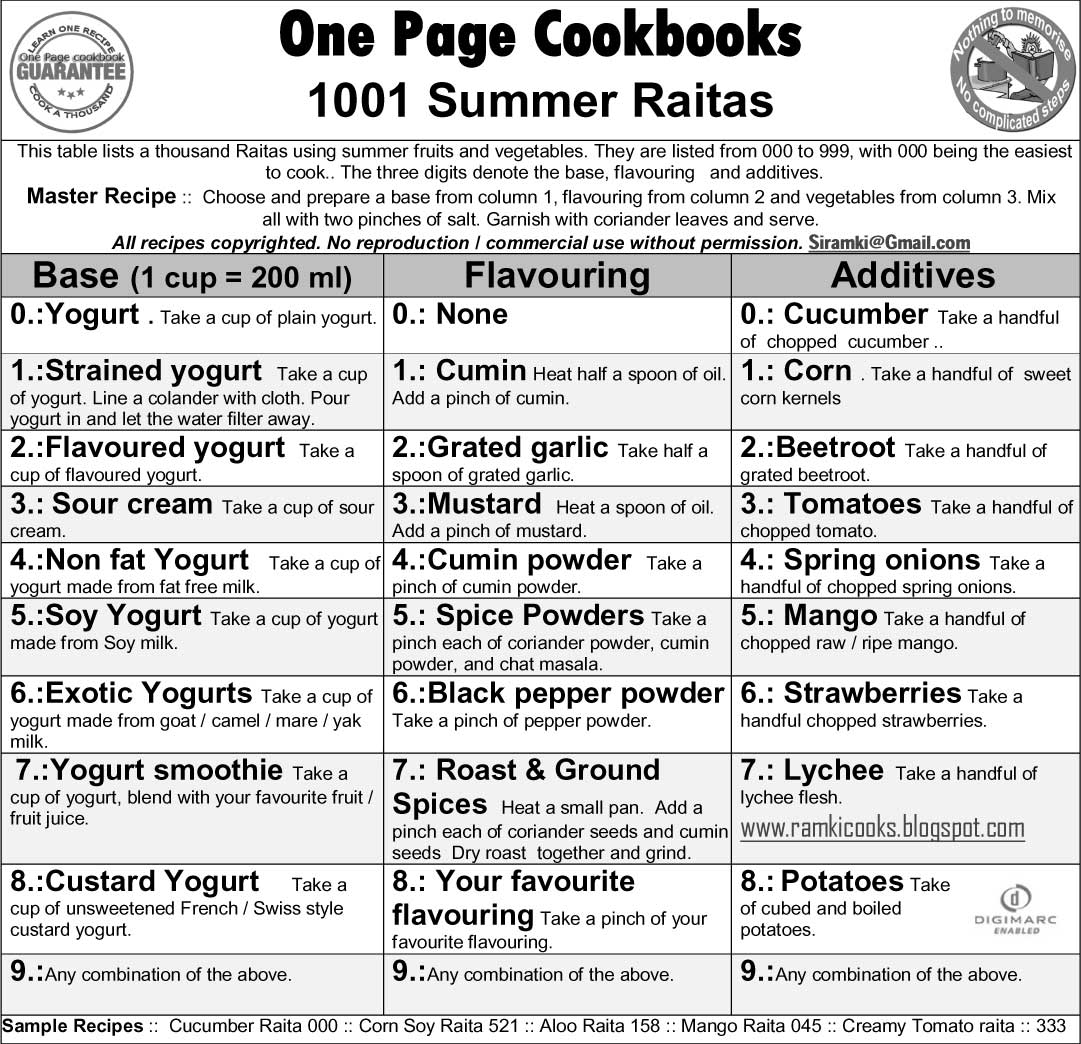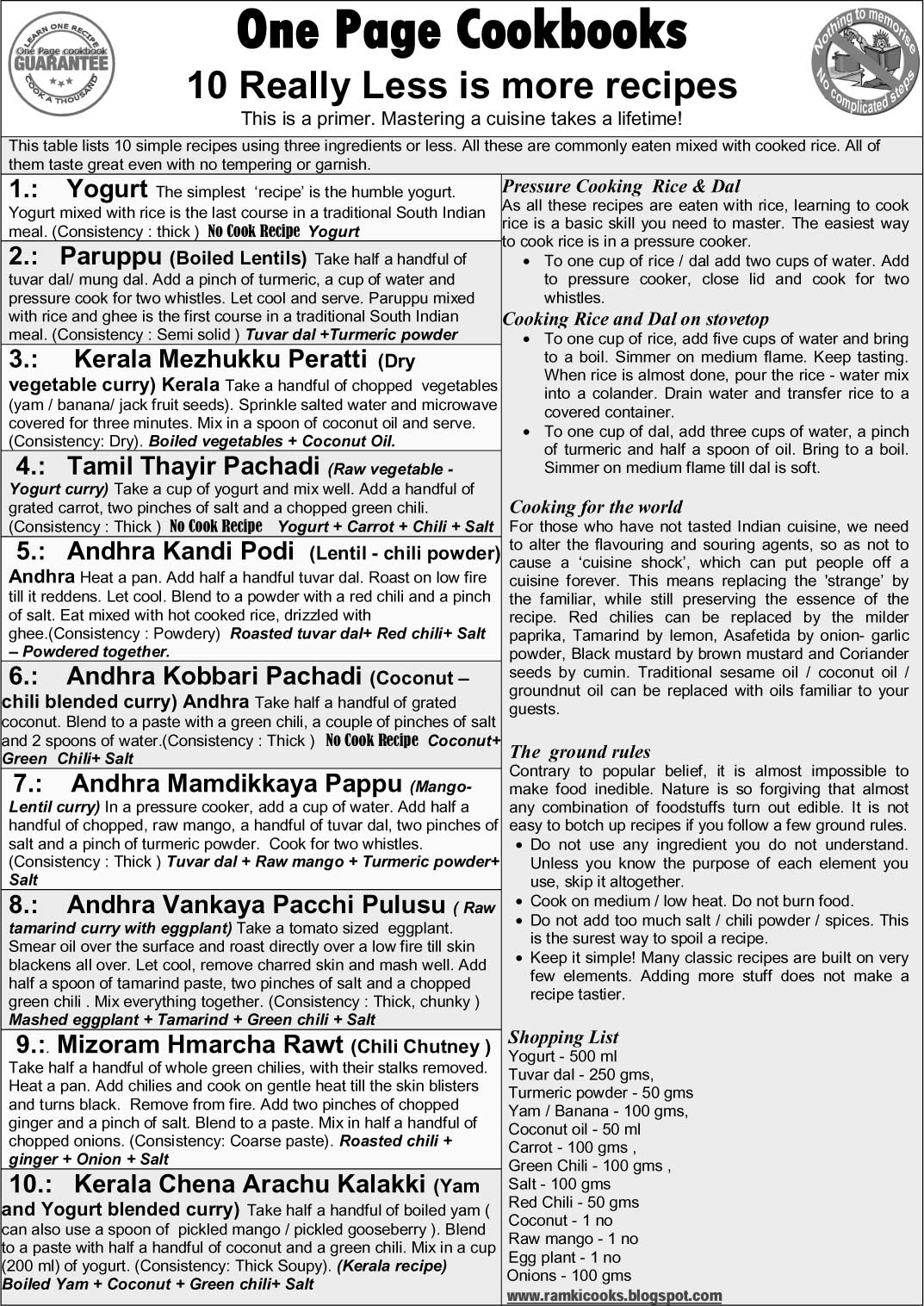
South Indian Breads
The term 'bread' is used here to mean a staple food, cooked from flour, and is eaten everyday.
In the west, the majority of breads are baked from wheat dough. In South India, baking never took off and so most breads are pan fried or steamed. Instead of wheat, the staple cereal is rice and so, it is no surprise we find a variety of rice breads. Most South Indian breads use a combination of rice and lentils, thus meeting both carbohydrate and protein needs.
A word of warning : Despite their apparent simplicity, all these recipes take quite a bit of practice and perseverance to cook up.
South Indian breads fall into six categories :
1. Bread made from fermented rice batter : Aappam
2. Bread made from lentil batter : Pesarattu , Adai
3. Breads made from a fermented batter of rice and urad dal : Idli, Dosa, Uttappam, Paniyaram
4. Breads made from steamed rice / ragi flour : Puttu
5. Breads made from semi cooked rice flour dough : Pathiri / Ada / Akki roti / Kozhukattai
6. Breads made from Wheat dough - Parota
Detailed instructions and great photos
here.
Any thick bread needs a
leavening agent. The leavening agent fills the batter with gas, puffing it up from the inside, giving the bread a soft, fluffy texture. Without leavening, all we get on cooking is a hard , inedible mess. Wild yeast is the most common leavening agent used in South Indian breads. Leavening is not necessary for thin breads like dosa / pesarattu / pathiri , nor for flaky breads like parota. But without leavening, thick breads like Idli / Uttappam would be tough and chewy.
AapamThe hemispherical crepe, Aapam (Aa as in audience and pam as in pump) is cooked from a fermented batter of rice flour and water /coconut milk . These are cooked in a hemispherical pan ( wok). The batter is poured into the wok and swirled so that it coats the sides of the wok. Aapam has thin, lacy sides and a spongy base.
Aapam VideoPesarattuPesarattu is a type of dosa popular in Andhra pradesh which uses a batter made from soaked and ground green gram ( Mung dal).
Model Recipes
Indira's PesarattuAkshayapatram's MLA PesarattuAdaiWhen soaked mixed lentils and grains are ground to a coarse batter and cooked into thick rounds on a hot skillet, we get Adai. A variety of grain and lentil combinations are used to cook numerous varieties of adai.
Model RecipesVaishali's AdaiQuick and easy AdaiShriya's Kara AdaiIdli, Dosa, Uttappam & PaniyaramIdli, Dosa, Uttappam and Paniyaram share the same rice and urad dal batter. This batter is steamed to give Idlis. The same batter is spread into thin rounds on a hot skillet and cooked into crisp dosas. When the same batter is cooked into pancake sized thick discs on a hot skillet, it is called uttappam / kal dosai /
Set Dosai. When pan fried in small hemispherical moulds, the same batter becomes paniyaram.
Model RecipesSeema's Idlis Indira's Andhra style rice grit idlis
Sweet Babe's DosaPrema's UttappamCham's PaniyaramJayasree's PaniyaramPuttuWhen rice or ragi flour is mixed with water and steamed, we get puttu. Special cylindrical moulds are packed with the flour and steamed. These are popular in rural Tamilnadu and Kerala.
Model Recipes
Saradha's Ragi PuttuLan's Puttu with a neat technique for keeping it soft.
The not so common
Wheat flour Puttu
Pathiri / Ada / KozhukattaiA variety of rice flour breads are popular in Kerala and Karnataka. Since rice flour does not have gluten, it cannot be kneaded into a dough like wheat flour. So the flour is mixed with boiling water, which cooks it partially into starch. Cooked starch becomes sticky. This sticky dough is shaped into thick or thin rounds, cooked on a skillet or steamed and are called pathiri / ada / akki roti. When shaped into dumplings, and stuffed with sweet / savoury fillings and steamed, these are caled Kozhukattai.
Model Recipes
Annita's Malabar PathiriMallugirl's fluffy rice pathiri
Priya's Stuffed AdaSurya's rice and wheat stuffed AdaRuchii's Akki RotiAayi's masala Akki RotiAparna's Akki RotiPrema's KozhukattaiAmmupatti's Kozhukattai videoThough wheat breads like chapati and poori have now become common in South India, they are yet to attain the status of 'traditional' fare. The only wheat bread which is considered traditional is the parota, made from all purpose flour. This thick, multilayered, crumbly bread is completely unlike any other north Indian bread. It is usually cooked on a skillet, but in some places it is deep fried. Layered like a pastry, it is mainly eaten at dinner.
Model Recipes
Annita's Parota
Renuka's Parotta with step by step photosUnlike the breads listed above, which cut across regions and have their variants in more than one state, there are other delightful local breads like the multi layered wholewheat parotta found in Kerala ( Thanks
Mallugirl !) or the
Jonna Roti ( made from Jowar / Sorghum / Cholam ) popular in parts of Andhra / Karnataka. If you know of any other breads, would you please mail me / comment ?
This post is reposted for Aparna's
Small Breads & Srivalli’s
Roti Mela
 This cookbook lists 10 Benarasi curries, greatly simplified, so that a first time cook can easily cook them. For detailed recipes, refer Shashi Prabha Jain’s Benares Ki Rasoi. The following curries are listed in this cookbook:
This cookbook lists 10 Benarasi curries, greatly simplified, so that a first time cook can easily cook them. For detailed recipes, refer Shashi Prabha Jain’s Benares Ki Rasoi. The following curries are listed in this cookbook:












